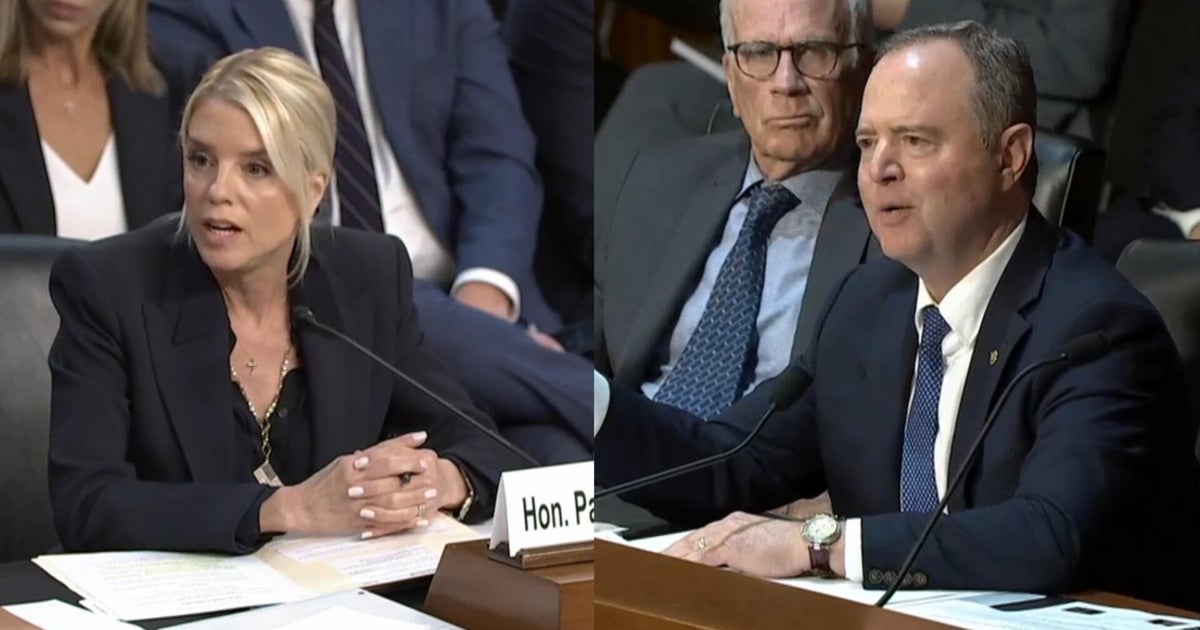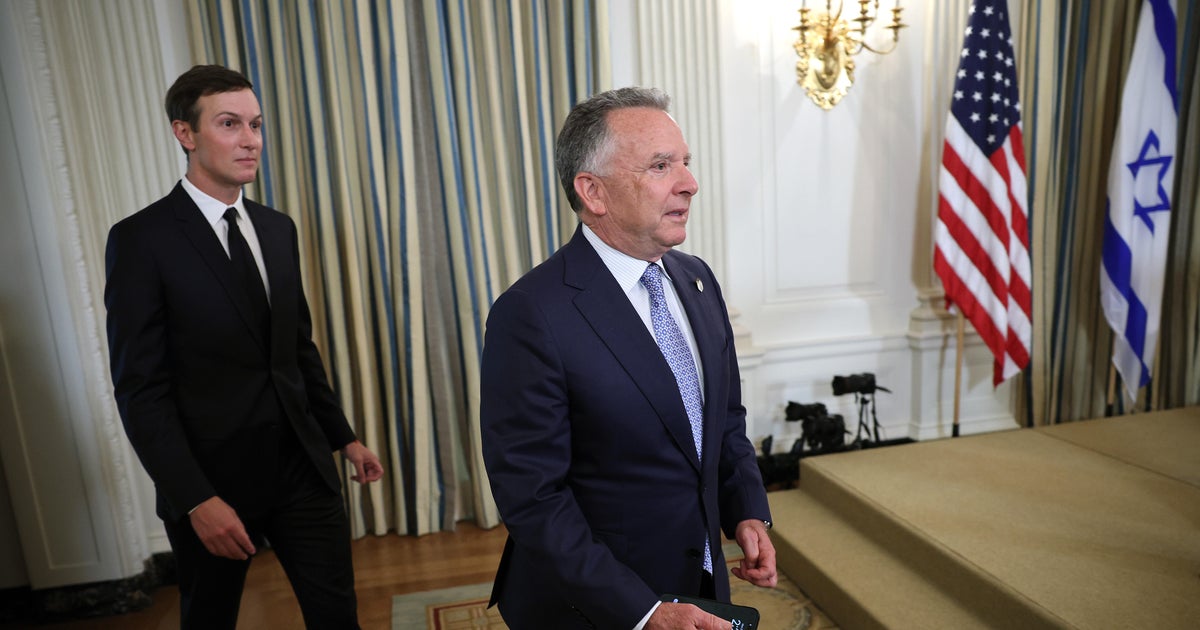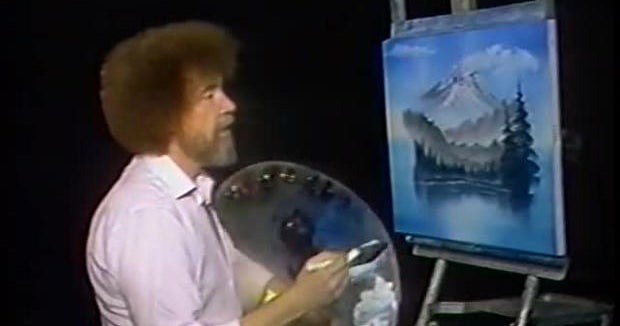Impressive this phenomenon may be, it is indicative of something much more worrying: a giant, all-consuming investment bubble at the heart of the global economy.
Almost everyone wants a part of Silicon Valley’s investment boom. In hoovering up an ever-greater proportion of the world’s supply of available capital, it threatens a frenzied and devastating end to America’s 15-year-long bull market.
Virtually all investment observers of any longevity seem to share this view, but few are yet brave enough to stick their necks out and call the top.
Instead, they talk of equity markets being “priced to perfection”, by which they mean there is little or no room for mishaps. Fear of missing out further drives the stampede towards the cliff edge.
If everybody else is getting rich from America’s stock market boom, the temptation to join in becomes almost irresistible.
I’ve been following stock markets for longer than I care to remember, and though we can all claim to have had the occasional success in spotting the turning points, the big lesson is that prediction is a mug’s game. Hardly anyone manages it consistently.
Here goes, anyway. The tell-tale signs of euphoria and over-exuberance – and therefore of capital misallocation bound eventually to culminate in loss – are today everywhere to be seen.
Here are some of them.
First and most important, valuations, greatly inflated by excitement over prospects for artificial intelligence (AI), are becoming divorced from reality.
The forward price-to-earnings (PE) ratio on the S&P is admittedly not quite as high as it has been in recent years, but it is still way above its long-run average.
In any case, it may not be much of a guide, since the forward PE reflects profit expectations, which may be as inflated as the share prices themselves.
Loading
A better guide to valuation is the so-called “Shiller PE ratio”, or the cyclically adjusted PE ratio (Cape ratio). This is based on inflation-adjusted average of earnings from the previous 10 years, and is therefore a more precise way of measuring where we are against historical precedent.
Alarmingly, the Cape measure now stands at nearly 40, which is higher than it was before the great crash of 1929, and not so far off where it was at the turn of the century when the dotcom bubble was reaching its peak.
Another characteristic of the latter stages of a bull market is the tendency to ignore bad news, or delusionally to regard it as good news.
Almost everywhere you look, the world seems to be going to hell in a handcart, yet US stock markets remain almost entirely oblivious to this phalanx of negativity.
The bizarre thing about an emerging stock market bubble is that everyone can see these warning signs, and yet it makes no difference.
No matter that the US president has just imposed the highest tariffs since the Smoot-Hawley protectionism of the 1930s, or that Russia is daily testing NATO’s resolve.
No matter either that the US Federal Reserve is being made subservient to presidential whim, or that 6 per cent-plus US fiscal deficits have been baked in by tax and spending plans as far as the eye can see. All these aberrations have been entirely normalised by financial markets.
The great AI gold-rush meanwhile continues apace, with vast amounts of capital being poured into enabling infrastructure for as yet entirely unproven returns.
Most market peaks are defined by a deal of such self-evident stupidity and hubris that even an idiot can see it makes no sense.
As my Telegraph colleague James Titcomb observed last week, in the dotcom bubble it was America Online’s (AOL) reverse takeover of Time Warner, an attempt to marry the inflated-candy floss of AOL’s stock price with Time Warner’s array of old media assets.

Market darling Nvidia’s deal with OpenAI may be cause for concern.Credit: AP
At the time of the financial crisis, it was – for Britain, in any case – the bidding war for ABN Ambro, which ended up as almost terminal for Royal Bank of Scotland Group.
This time around it is perhaps Nvidia’s commitment to invest $US100 billion ($153 billion) in Sam Altman’s OpenAI. When the enabling provider starts lending the customer the money to buy his goods – in this case, the high-end chips needed to power AI – it’s time to run for the hills.
The bizarre thing about an emerging stock market bubble is that everyone can see these warning signs and yet it makes no difference.
As Chuck Prince, then chief executive of Citigroup, remarked just ahead of the financial crisis: “As long as the music is playing, you’ve got to get up and dance.”
This time around, there are admittedly some powerful countervailing arguments, not least that unlike the fly-by-night operators that drove the dotcom bubble, today’s dash for first mover advantage in AI is being substantially financed by already highly profitable tech incumbents.
Moreover, as a proportion of GDP, spending on AI is relatively modest compared to previous transformational infrastructure booms.
Nor do we see some of the other indicators commonly associated with an impending crash, such as an inverted yield curve, where short-term government bonds offer higher yields than longer-dated maturities in anticipation of an expected economic slowdown.
Indeed, recent movements have been in the other direction.
It generally requires some sort of trigger to shift sentiment from greed to fear. Right now, it’s hard to see what it might be, with markets seemingly determined to ignore almost any piece of bad news that is thrown at them.
Loading
The Fed also has plenty of scope for cutting interest rates to keep investors sweet, the more so as the presidential patsy it looks destined to become. Trump will not want to see either a crash or a recession under his watch.
As in 1998, when the Fed reduced rates sharply in response to the long term capital management crisis, these cuts could easily keep the show on the road for a good few more years yet.
But as back then, it will only make the eventual reckoning even worse.
Telegraph, London
The Market Recap newsletter is a wrap of the day’s trading. Get it each weekday afternoon.


















































